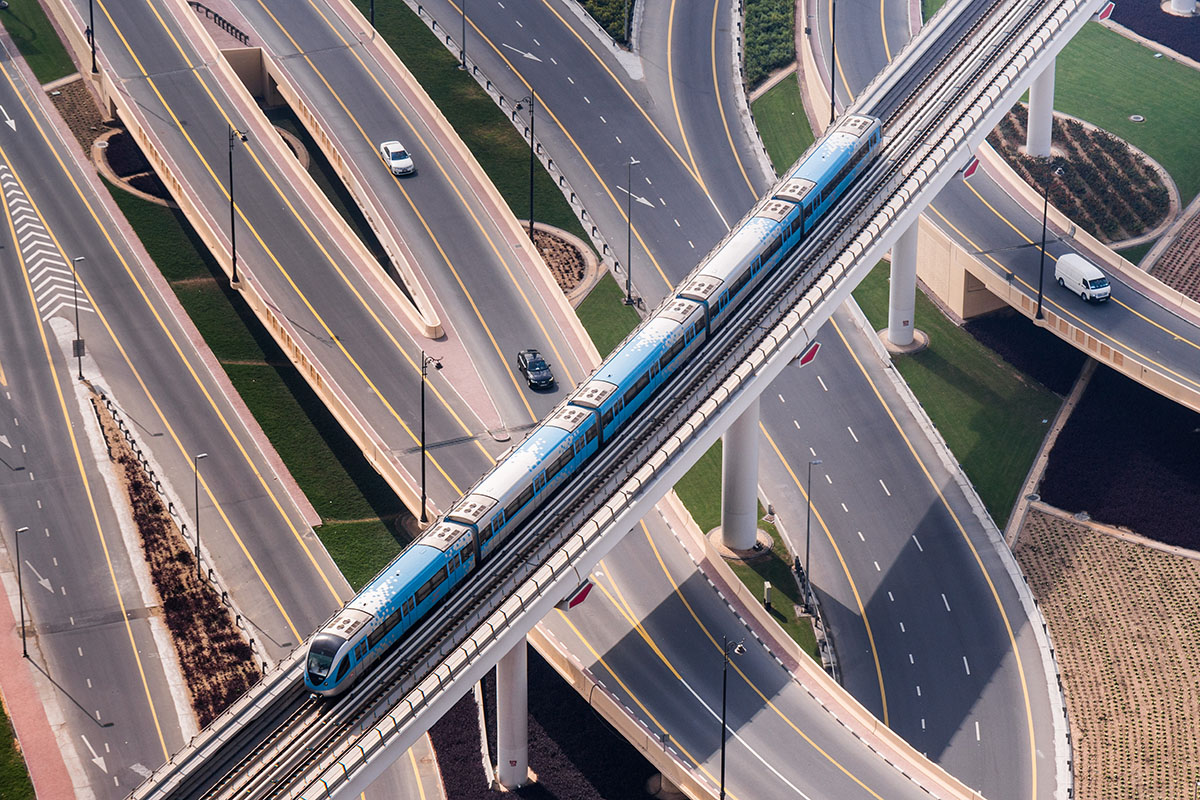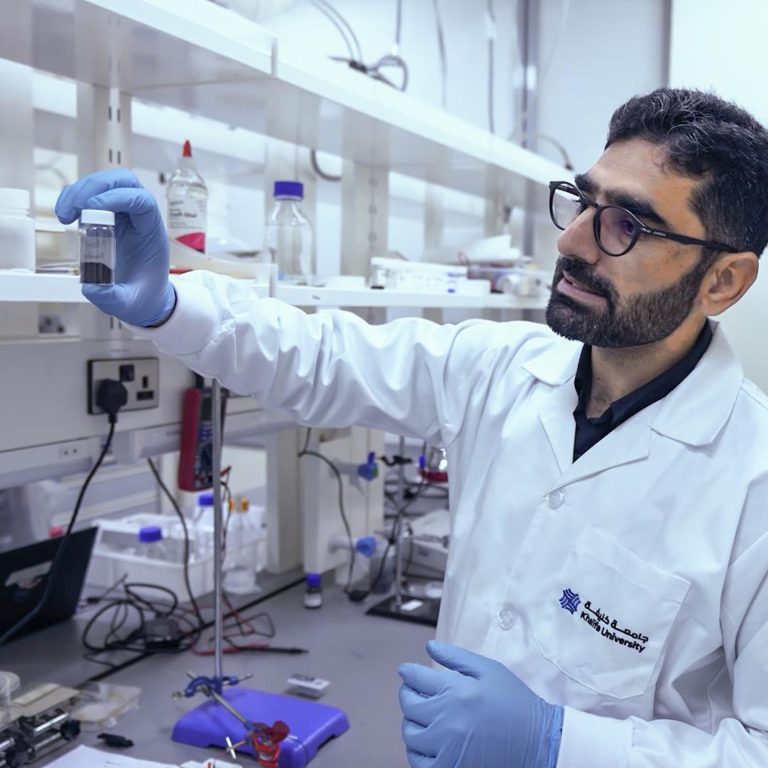How smarter behavior could slash greenhouse emissions
Analysis of energy demand and use highlights the need for tailored location-based strategies.
Every time we flip a switch, hop into a car or crank up the AC, we are using energy. Our homes and offices, and transport account for 19% and 7% of energy-related greenhouse gas emissions respectively. To reduce emissions, research focusing on demand-related approaches seeks to influence how we use energy, not just how we produce it.
Developed with key contributions from Khalifa University and shaped by insights from policymakers and experts to ensure real-world relevance, researchers at Khalifa University used multi-model analysis to reveal that by employing a combination of strategies, global emissions from both construction and transport could be slashed by as much as 90% by 2050.
Using advanced mathematical models that bring together information about energy systems, the economy and the environment, the researchers examined the potential outcomes of behavioral change, technological improvement, and electrification strategies.
“To truly cut emissions in buildings and transport, we need a mix of solutions.”
Pedro Rochedo
While difficult to model due to social and cultural variation, behavioral change is predicted to contribute to significant emissions reductions. Changes highlighted include flying less, using public transport and living in smaller or shared spaces.
Technological improvements, such as better insulation, efficient heating and cooling systems, and more efficient mobility, will also lead to substantial benefits. These measures not only reduce emissions but also help lower overall energy demand, easing the pressure on electricity systems as countries decarbonize.
Electrification, particularly the shift to electric vehicles and heat pumps, offers the largest potential for emissions reduction. However, it requires clean electricity and can significantly increase demand for power, which may strain energy infrastructures.
“To truly cut emissions in buildings and transport, we need a mix of solutions,” says Pedro Rochedo from Khalifa University’s Research and Innovation Center on CO2 and Hydrogen (RICH). The study found that when all three strategies were combined, emissions from buildings could be slashed by 51-85%, and from transport by 37-91% by 2050.
Not all regions, however, are the same, Rochedo explains. The wide range of estimates reflects differences in model assumptions and underlying socio-economic projections, such as economic growth, urbanization and population size. Improvements in energy efficiency can sometimes lead to increased energy use. For instance, OECD countries may see flat or declining energy demand with strong policies, while rapidly growing economies, such as India and Southeast Asia, could still experience rising energy use, despite technology efficiency improvements, unintentionally offsetting any environmental gains.
“This study highlights the importance of integrated strategies that combine electrification, efficiency and behavior change while ensuring public support and equitable access,” says Rochedo. The study also underscores the need for region-specific approaches and policies that consider social systems, consumer behavior and the rebound effect, he says. By understanding these differences, we can design more effective and sustainable pathways toward a greener future for our cities and transport, he concludes.
Reference
van Heerden, R. et al. Demand-side strategies enable rapid and deep cuts in buildings and transport emissions to 2050. Nat. Energy, 1-15, 2025| Article




